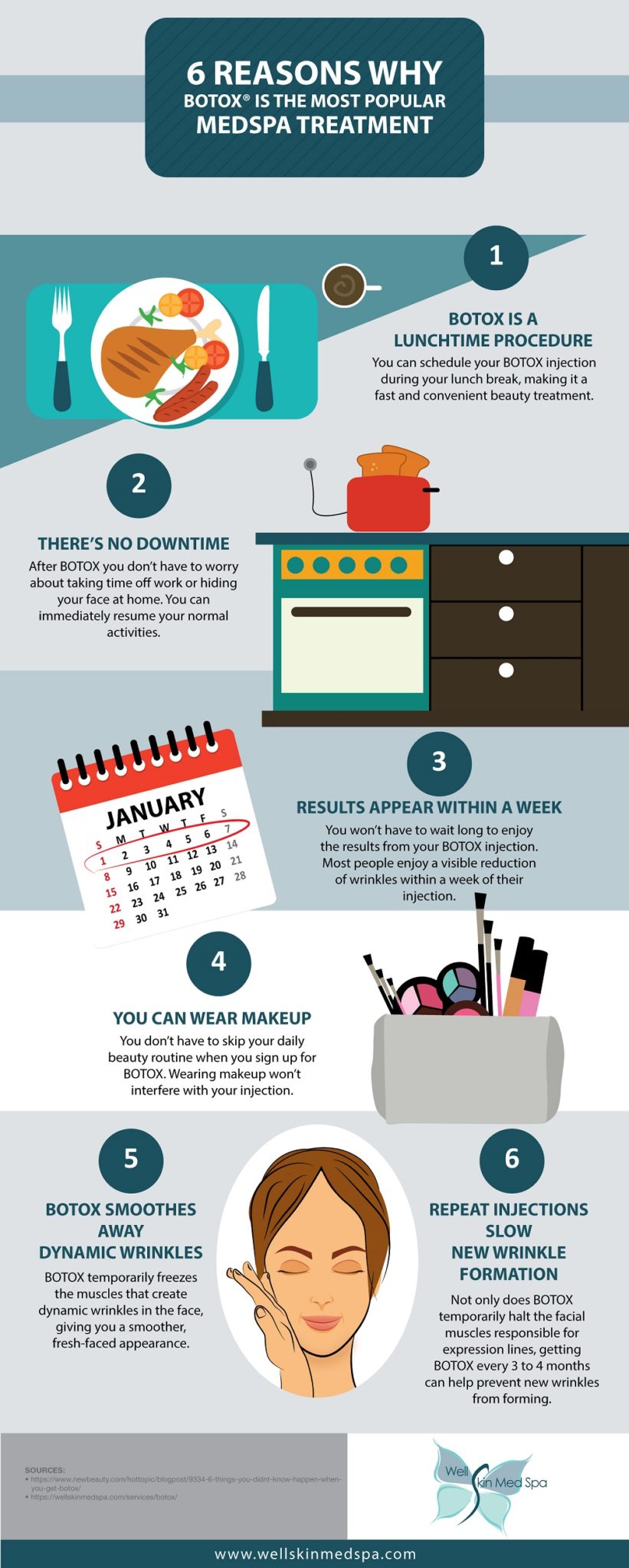Considering Cataract Surgery? Examine The Typical Versus Laser Strategies To Reveal The Essential Aspects That Will Certainly Establish Your Aesthetic Outcome
Considering Cataract Surgery? Examine The Typical Versus Laser Strategies To Reveal The Essential Aspects That Will Certainly Establish Your Aesthetic Outcome
Blog Article
Content By-Bay Lynn
When pondering the choice between typical cataract surgery and laser-assisted strategies, you might find yourself considering the benefits and downsides each technique offers. The decision surpasses the surface level of price and accuracy, diving right into the realm of long-term results and client complete satisfaction. As you navigate through the intricacies of these 2 approaches, it comes to be critical to comprehend the nuanced information that can substantially impact your visual clarity and overall experience. Keep tuned to uncover the vital factors that will certainly lead your decision-making procedure in this crucial facet of eye care.
Standard Cataract Surgical Treatment Pros and Cons
When thinking about traditional cataract surgical procedure, you may find that it's a well-established and widely-used strategy. In this treatment, a surgeon makes a tiny laceration in the eye and uses ultrasound to break up the cloudy lens prior to removing it. As soon as the cataract is gotten rid of, a synthetic lens is put to restore clear vision.
One of the major advantages of typical cataract surgical procedure is its performance history of success. Lots of individuals have had their vision dramatically enhanced through this treatment. Additionally, standard surgical treatment is commonly covered by insurance, making it a much more available choice for numerous individuals.
However, there are some downsides to standard cataract surgical procedure too. Recuperation time can be much longer contrasted to more recent methods, and there's a somewhat higher threat of problems such as infection or inflammation. Some people may additionally experience astigmatism or need reading glasses post-surgery.
Laser-Assisted Techniques Pros and Cons
Discovering laser-assisted techniques for cataract surgical procedure introduces a modern technique that makes use of laser technology to perform essential action in the procedure. One of the key benefits of laser-assisted cataract surgical treatment is its precision. The laser enables exceptionally precise lacerations, which can result in much better visual end results. Furthermore, using lasers can minimize the quantity of ultrasound power needed throughout the surgical treatment, possibly decreasing the threat of problems such as corneal damages.
On the drawback, laser-assisted strategies can be more pricey contrasted to standard techniques. This cost mightn't be covered by insurance coverage, making it less easily accessible to some patients.
One more consideration is that not all cataract specialists are trained in laser modern technology, which might limit your options for picking a cosmetic surgeon.
Finally, while the laser can automate particular aspects of the procedure, the surgery still requires an experienced doctor to make certain effective results.
Comparative Analysis of Both Techniques
For an extensive understanding of cataract surgical treatment strategies, it's essential to perform a comparative evaluation of both traditional and laser-assisted approaches.
Typical cataract surgical procedure entails hand-operated cuts and the use of portable tools to break up and get rid of the cloudy lens.
On the other hand, laser-assisted cataract surgical procedure makes use of sophisticated innovation to produce accurate cuts and separate the cataract with laser energy prior to removing it.
In terms of precision, laser-assisted strategies provide a greater level of accuracy contrasted to conventional techniques. Making LASIK Surgery of lasers allows for modification of the treatment based on each patient's eye makeup, potentially resulting in far better visual end results.
Nevertheless, laser-assisted cataract surgical treatment has a tendency to be a lot more pricey than standard surgical treatment, which may restrict availability for some people.
While both methods are effective in recovering vision impaired by cataracts, the option between conventional and laser-assisted strategies often depends upon elements such as expense, accuracy, and private patient requirements.
Consulting with your ophthalmologist can help identify one of the most suitable method for your cataract surgery.
Conclusion
In conclusion, when deciding between typical cataract surgical procedure and laser-assisted methods, consider variables like price, precision, and private needs. cataract surgery 30 years ago offers a tested performance history and insurance policy coverage yet may come with longer healing times. Laser-assisted techniques give higher precision and modification yet can be a lot more expensive and not constantly covered by insurance policy. Inevitably, the option in between both techniques depends on what is most important to you and your specific circumstance.
